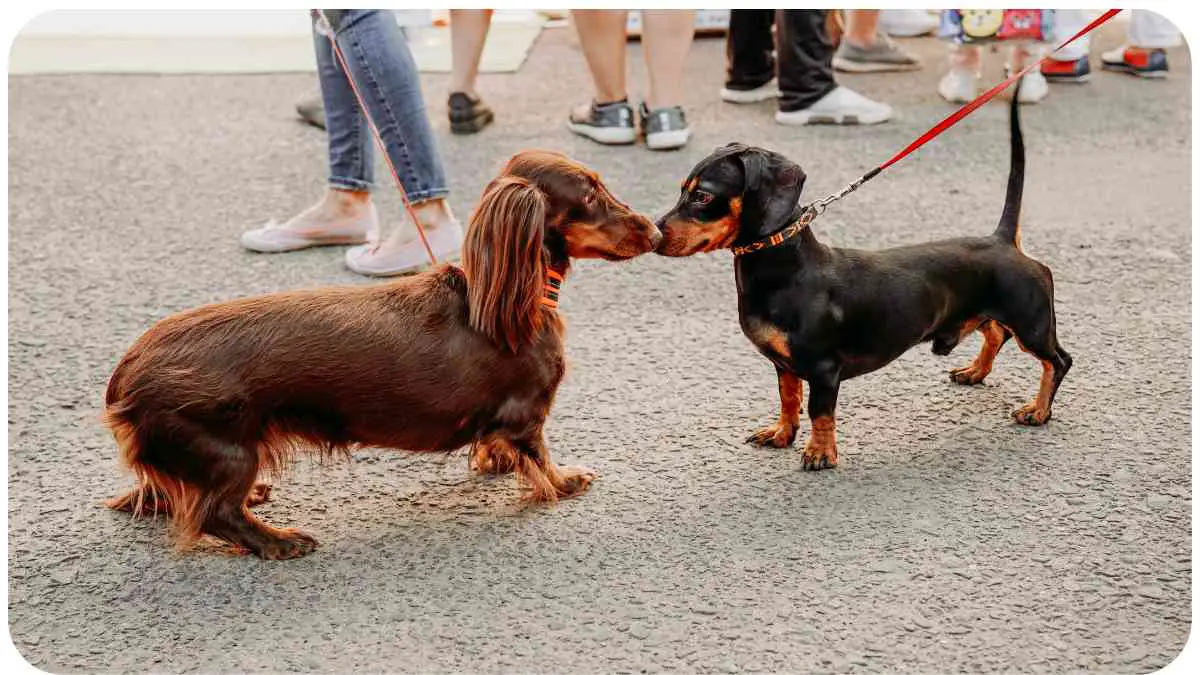Dachshunds, often affectionately termed ‘sausage dogs’ due to their unique physique, are renowned for their spirited nature and distinctive appearance. But, like every dog, they have their own individual needs when it comes to companionship.
| Takeaways |
|---|
| Researching and understanding both breeds’ characteristics are crucial for compatibility. |
| Dachshunds, with their unique temperament, require companions with calm and non-dominant nature. |
| Early and proper introductions set the tone for a harmonious relationship. |
| Addressing and managing potential challenges like jealousy and resource guarding is vital. |
| Consistency in routine and equal affection help in building trust between the dogs. |
| Celebrating milestones and adapting to changing dynamics strengthen the bond over time. |
| Patience, love, and understanding are the cornerstones for nurturing a beautiful canine friendship. |
| Further reading and resources can provide additional insights and tips for a successful companionship. |
Table: Characteristics of Dachshunds
| Feature | Description |
| Size | Small, elongated body |
| Coat | Varies: smooth, long-haired, or wire-haired |
| Lifespan | 12-16 years |
| Temperament | Brave, playful, and sometimes stubborn |
| Best for | Families, singles, seniors |
| Activity Level | Moderate |
Understanding Dachshunds
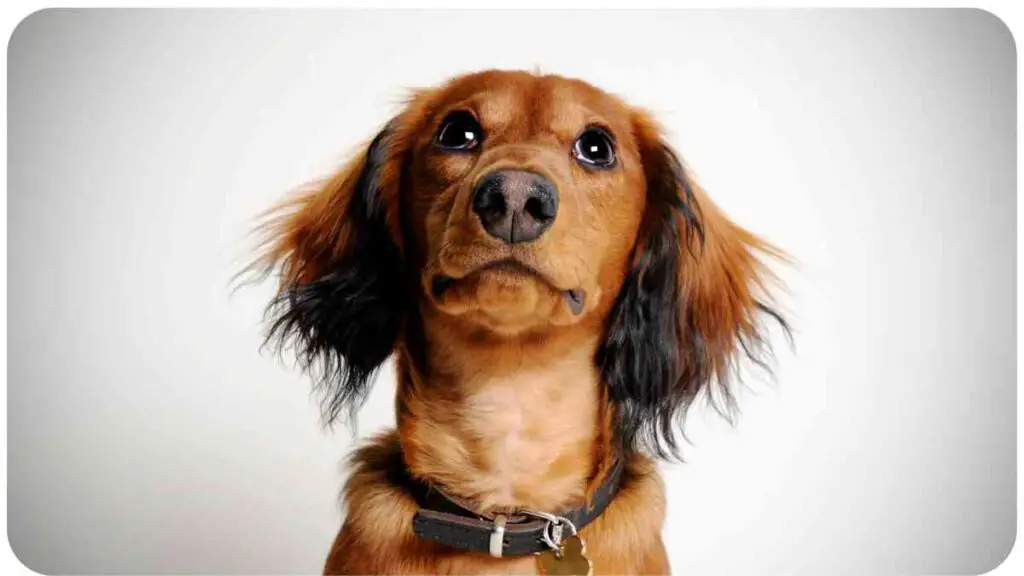
Let’s dive a bit deeper into the heart and soul of Dachshunds. You see, when I got my first Dachshund, Max, I realized it’s not just about their long bodies, but their long list of personality traits as well!
When considering a companion for your active Dachshund, it’s essential to find the right match. The article on Balancing Energy: Best Companion Dog for Border Collies can help you make an informed decision, ensuring a harmonious pairing
Personality Traits
Dachshunds can be fearless, yet affectionate. While they might chase after a squirrel with unparalleled determination, they’re equally passionate about cuddling up next to their owners.
Energy Levels
Surprisingly for their size, they possess a moderate amount of energy. They enjoy their playtimes, but they’re not as hyperactive as some other breeds. This makes them ideal for both apartment living and homes with yards.
Social Behavior
Remember the time I took Max to a dog park and he believed he was the king? That’s Dachshunds for you – confident and sometimes a tad bit overzealous in social settings.
Table: Dachshund Behavioral Traits
| Behavior | Tendency | Notes |
| Playfulness | High | Loves interactive toys and games |
| Stubbornness | Moderate to High | Might need consistent training |
| Social Attitude | Friendly with Caution | Warm up needed for strangers |
| Compatibility | Varies | Depends on individual dog and socialization |
Criteria for a Good Companion
So, when looking for a companion for a Dachshund, what should we be considering? Here’s where I draw from years of pairing dogs together, witnessing the hits and the misses.
Dachshunds and Beagles both have unique characteristics. Discovering the ideal companion for your Dachshund is made easier with insights from Harmonizing Hounds: Best Companion Dog for Beagles.
Size and Temperament
Given the Dachshund’s size, it’s essential to choose a companion of similar or compatible size. This avoids any inadvertent injuries during play. Temperament-wise, a dog that isn’t too dominant but still playful makes for a great companion.
Energy and Activity Level
An equally energetic dog or slightly less so would be ideal. This ensures they can keep up with each other without one tiring out the other.
Socialization Needs
Dachshunds, especially when young, need proper socialization. So, their companion should ideally be well-socialized to help guide and nurture them.
Table: Ideal Companion Dog Traits
| Criteria | Ideal Trait | Notes |
| Size | Small to Medium | To match the Dachshund’s size |
| Temperament | Playful yet Non-dominant | To complement the Dachshund’s personality |
| Energy Level | Moderate | Neither too hyperactive nor too sedate |
| Socialization | Well-socialized | Helps in the better integration of both dogs |
Ready for more insights into the best companion dogs for Dachshunds and how to ensure they form a tight-knit bond? Let’s continue.
Golden Retrievers are known for their friendly nature, and finding a compatible companion is crucial. Explore the possibilities in the article titled Best Companion Dog for Golden Retrievers: A Perfect Match to ensure your Dachshund has a furry friend.
Top Companion Dog Breeds for Dachshunds
When choosing a companion for your Dachshund, it’s essential to pick a breed that complements them. I’ve seen Dachshunds form close bonds with several breeds over the years. Here are some of the top contenders:
Beagle

Overview and Traits
Ah, Beagles. One of my Dachshunds, Luna, once shared a home with a Beagle named Olive. Their bond was truly something to behold. Beagles, like Dachshunds, are small to medium-sized and possess a playful and friendly demeanor. This makes them a delightful companion for Dachshunds.
Table: Beagle Characteristics
| Feature | Description |
| Size | Small to Medium |
| Coat | Short and dense |
| Lifespan | 12-15 years |
| Temperament | Friendly, curious, merry |
| Best for | Families, singles |
| Activity Level | Moderate to High |
Cavalier King Charles Spaniel

Overview and Traits
A perfect picture of elegance and grace, the Cavalier King Charles Spaniel also brings a ton of warmth and affection. Their gentle nature often harmonizes well with the boldness of a Dachshund.
For small breeds like Dachshunds, finding the right companion is essential. The article on Best Companion Dog Breeds for Shih Tzus: Who’s the Perfect Match? provides valuable insights into selecting the perfect companion
Table: Cavalier King Charles Spaniel Characteristics
| Feature | Description |
| Size | Small |
| Coat | Silky, medium length |
| Lifespan | 9-14 years |
| Temperament | Affectionate, gentle, playful |
| Best for | Families, seniors |
| Activity Level | Moderate |
Bichon Frise
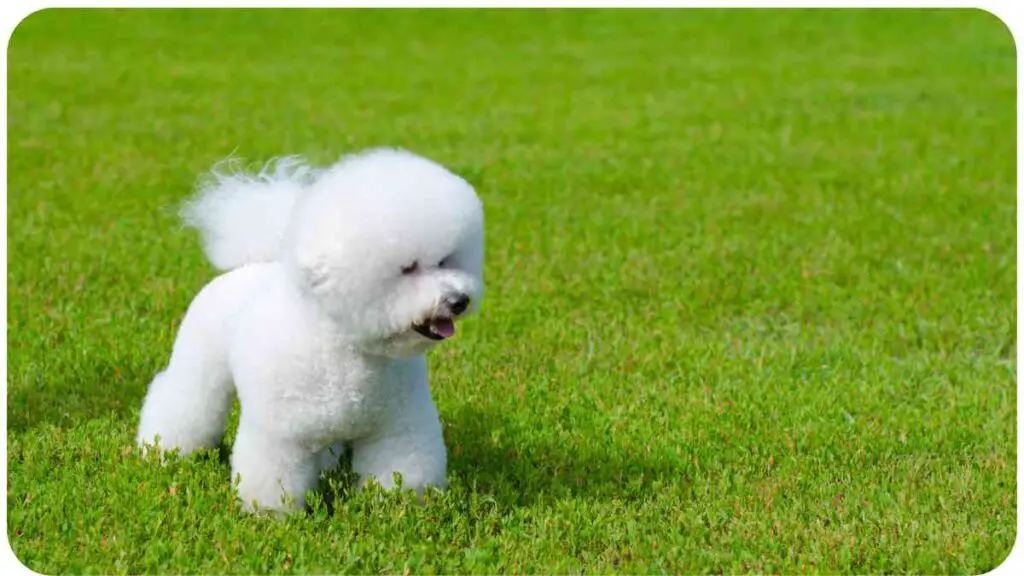
Overview and Traits
Fluffy and with a personality that can light up a room, the Bichon Frise is a bundle of joy. They are known for their adaptability and often fit well in households with other dogs, including Dachshunds.
Table: Bichon Frise Characteristics
| Feature | Description |
| Size | Small |
| Coat | Curly, dense |
| Lifespan | 12-15 years |
| Temperament | Playful, curious, peppy |
| Best for | Families, apartment dwellers |
| Activity Level | Moderate |
Shih Tzu
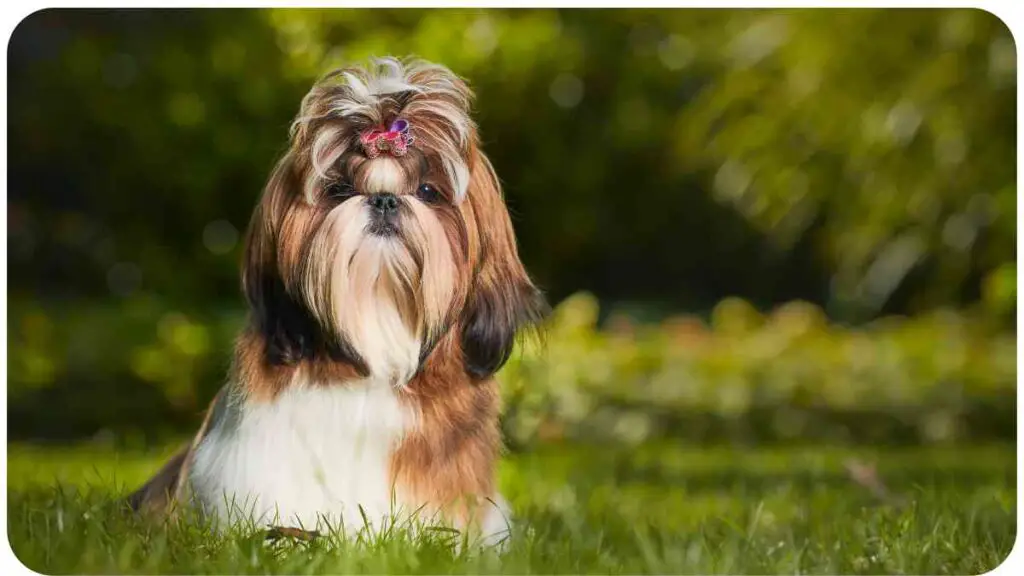
Overview and Traits
With their flowing mane and aristocratic history, Shih Tzus may look like divas, but they are friendly, adaptable, and often get along well with other dogs. Their serene disposition can balance a Dachshund’s more dynamic character.
Although Rottweilers are larger than Dachshunds, the principles of finding a compatible companion remain the same. Learn more about it in Which Breed Is the Best Companion Dog for Rottweilers?.
Table: Shih Tzu Characteristics
| Feature | Description |
| Size | Small |
| Coat | Long, flowing |
| Lifespan | 10-16 years |
| Temperament | Affectionate, lively, alert |
| Best for | Families, city dwellers |
| Activity Level | Moderate |
Corgi
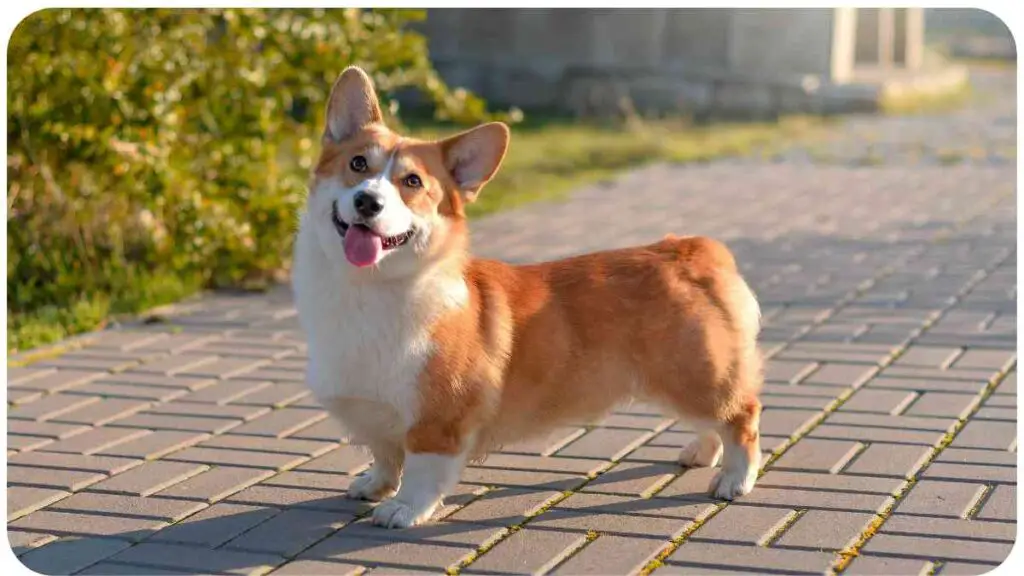
Overview and Traits
Ah, the Corgi! With a physique somewhat reminiscent of the Dachshund, these short-legged cuties bring energy and charisma into any home. Their playful and intelligent nature can resonate well with a Dachshund.
Table: Corgi Characteristics
| Feature | Description |
| Size | Medium |
| Coat | Varies: Cardigan (longer) or Pembroke (shorter) |
| Lifespan | 12-15 years |
| Temperament | Alert, friendly, intelligent |
| Best for | Families, singles, seniors |
| Activity Level | High |
Considering the Individual Dog
While breed characteristics give us a general idea, it’s crucial to understand that every dog is an individual with its own unique personality.
Personality
Just as humans have individual temperaments, so do dogs. It’s important to consider whether the dogs have complementary or clashing personalities. For instance, two highly dominant dogs might not get along, while a dominant and a submissive dog might mesh well.
Past Experiences
A dog’s past experiences, especially any traumatic ones, can influence how they interact with other dogs. Always take into account any known history when introducing a new companion.
Socialization Level
Some dogs might not have had much exposure to other dogs. These dogs might require gradual introductions and more guidance when meeting potential playmates.
Ready to delve deeper into the actual process of introduction and how to foster a good relationship between the two dogs?
Introducing Dogs to Each Other
Now, the moment of truth – the first meeting. Introducing two dogs can feel a bit like setting up a blind date. The chemistry might be there… or it might not. But with a few tips and strategies, you can tilt the scales towards a successful introduction.
First Meeting
Choose neutral ground. The local park or a friend’s backyard can be ideal. Bringing a new dog directly into another dog’s territory might make the resident dog defensive. Always keep the dogs leashed initially and let them approach each other at their own pace.
Establishing Relationship
Be patient and let the dogs sniff each other. This is their way of saying hello. Watch their body language closely. A wagging tail, playful bows, and relaxed ears are all good signs. If either dog shows signs of aggression or fear, it might be best to take a step back and try again later.
Table: Steps for Introducing Dogs
| Step | Description | Tips |
| 1. Neutral Ground | Choose a location unfamiliar to both dogs | Parks or unfamiliar territories work best |
| 2. Body Language | Observe their initial reactions | Look for relaxed or playful signs |
| 3. Sniffing | Allow them to sniff and get to know each other | It’s their way of saying hello |
| 4. Off-Leash | If all goes well, consider letting them interact off-leash | Monitor closely for any signs of distress |
| 5. Home Introduction | Slowly introduce the new dog to the home | Perhaps start in the backyard, then move indoors |
Creating a Harmonious Environment
Once the dogs have met and seem to be getting along, the next challenge is ensuring their shared living space is conducive to a peaceful relationship.
Setting Boundaries
Dogs need their own space. Ensure each dog has its own bed, toys, and feeding bowls. This reduces competition and potential points of conflict.
Meeting Needs of Both Dogs
If one dog loves to play fetch and the other loves to cuddle, make sure you cater to both of their needs. A balanced attention and care routine ensures neither dog feels left out.
Table: Tips for a Harmonious Dog Relationship
| Tip | Description | Example |
| Personal Space | Ensure both dogs have their own resting areas | Separate beds in different corners of the room |
| Separate Toys | Reduce potential for toy-guarding behaviors | Buy two of the same toy if both dogs show interest in it |
| Attention Distribution | Make sure both dogs receive equal attention | Spend individual time playing or training with each dog |
| Monitor Food Interactions | Feed the dogs separately or monitor them during feeding times | Use separate bowls and feed them at the same time |
| Consistent Training | Train both dogs using consistent commands and techniques | Use the same commands for sit, stay, come, etc. |
Observing Interactions and Addressing Issues
Even in the most harmonious of dog relationships, issues might crop up. It’s vital to stay vigilant and address any problems before they escalate.
Recognizing Signs of Distress
While occasional barking or chasing might be playful, consistent aggressive behavior, excessive growling, or one dog consistently bullying the other are all signs of distress.
Intervention Strategies
If you observe any signs of distress, consider separating the dogs temporarily and consulting with a dog behaviorist. They can provide tailored advice and strategies to address and rectify the issues.
Table: Signs and Solutions for Dog Distress
| Sign of Distress | Potential Solution |
| Consistent Aggressive Behavior | Separate dogs and consult a professional |
| Excessive Growling | Identify triggers and address them, might need professional advice |
| Bullying | Offer separate playtimes, consider behavioral training |
| Possessiveness | Train “leave it” command, use positive reinforcement methods |
Moving forward, it’s not just about maintaining peace. It’s about cultivating a bond. Are you ready to understand the role of training, health considerations, and ways to enjoy the companionship?
Training: A Foundation for Success
Dogs, just like humans, thrive on clear communication and understanding their boundaries. Training is an excellent way to facilitate this communication and establish a strong bond between you and your dogs, as well as between the two canine buddies.
Consistent Command Language
Using the same commands for both dogs ensures clarity. Whether it’s “sit,” “stay,” or “come,” consistency is key. Remember, consistency also means everyone in the household should use the same commands.
Group Training Sessions
Conducting training sessions with both dogs present can help in establishing mutual respect. It also allows them to learn from each other, especially if one dog is more experienced or trained than the other.
Table: Training Tips for Multiple Dogs
| Training Tip | Description |
| Use the Same Commands | Consistency ensures clarity and reduces confusion. |
| Reward Good Behavior | Positive reinforcement, like treats or praise, promotes good habits. |
| Address Negative Behavior | Correct unwanted behavior without being overly punitive. |
| Use Training Tools | Tools like clickers or treat pouches can be useful. |
| Seek Professional Help | Consider group obedience classes or hiring a dog trainer. |
Health Considerations for Both Dogs
While Dachshunds have specific health concerns due to their unique body shape, it’s essential to understand the health considerations of their companion breed as well.
Routine Vet Checkups
Regular vet visits ensure both dogs are in the best of health. A healthy dog is generally a happy dog, and this contributes to a more harmonious living environment.
Dietary Needs
Different breeds might have different dietary needs. Ensure you’re feeding both dogs a diet that’s suitable for their breed, age, and health requirements.
Table: Sample Dietary Needs
| Dog Breed | Dietary Need |
| Dachshund | Nutrients to support spine health, avoid obesity |
| Beagle | Balanced diet to maintain ideal weight, avoid overfeeding |
| Cavalier King Charles Spaniel | Diet to support heart health, since they can be prone to MVD |
Enjoying the Companionship
Now that you’ve established a good relationship between your Dachshund and its companion, it’s time to enjoy the perks!
Joint Activities
Engage in activities that both dogs can enjoy together. This could be play sessions in the garden, joint training exercises, or even just snuggle time on the couch.
Traveling with Both Dogs
Consider taking both dogs on trips or vacations. They can provide each other with comfort and familiarity in new environments.
Documenting Memories
Having two dogs often leads to double the fun and double the memories. Consider capturing these moments through photographs or videos. Trust me, having had multiple dogs in the past, these memories are priceless!
Table: Activities to Enjoy with Your Dogs
| Activity | Description |
| Tug-of-War | A fun game that can engage both dogs |
| Hide and Seek | Hide treats or toys and let them find them together |
| Nature Walks | A refreshing activity beneficial for all |
| Dog Parks | A great way for them to socialize with other dogs and have fun |
The road to creating a harmonious bond between a Dachshund and its companion is filled with patience, understanding, and loads of love. By following these insights and tips, you’re on your way to fostering a bond that will bring countless joys into your life. Ready to wrap things up?
Understanding Unique Behaviors
Every dog breed brings its own quirks to the table. For the Dachshund, their hunting background might make them prone to digging or chasing small animals. Their companion might have its own unique traits too.
Appreciating Differences
Just as we appreciate the idiosyncrasies in our human friends, it’s vital to understand and appreciate the unique behaviors of both dogs. This understanding will foster a more harmonious relationship.
Managing Instincts
While some behaviors are endearing, others might need to be managed. For example, if your Dachshund’s digging is ruining your garden, consider setting aside a particular area where they can dig to their heart’s content.
Table: Typical Dog Behaviors and Solutions
| Dog Behavior | Potential Solutions |
| Digging (Dachshunds) | Designate a digging zone, distract with toys, provide ample exercise |
| Barking at Birds (Terriers) | Use deterrents, provide indoor distractions, consider training |
| Chasing Tail (Bulldogs) | Ensure it’s not due to health issues, distract with toys or treats |
Building Trust Between the Two Dogs
Trust is paramount in any relationship, and it’s no different for dogs. Building trust ensures a more peaceful coexistence.
Consistent Routine
Dogs are creatures of habit. Maintaining a consistent routine, like feeding, walking, and playtimes, can help foster trust.
Avoid Favoritism
It might be hard, especially if one dog is new to the family, but avoid showing favoritism. Equal affection and attention to both dogs go a long way in building trust.
Table: Building Trust Strategies
| Strategy | Why It Works |
| Routine | Predictability provides comfort and security |
| Positive Reinforcement | Rewards and praises enforce positive behaviors and mutual respect |
| Time Together | Shared activities foster bonding and trust |
Potential Challenges and Overcoming Them
Like any relationship, there will be challenges. Recognizing these challenges and addressing them proactively is key to a happy coexistence.
Jealousy Issues
Dogs can get jealous, especially if one perceives the other as getting more attention or resources. Address this by ensuring equal treatment and attention.
Resource Guarding
Dogs might guard resources like toys, beds, or food. It’s essential to address this behavior early to avoid potential conflicts.
Table: Challenges and Solutions
| Challenge | Potential Solutions |
| Jealousy | Provide equal attention, engage in group activities |
| Resource Guarding | Train “leave it” or “drop it” commands, provide separate resources |
| Separation Anxiety | Consider crate training, leave toys or distractions when away |
The Bond Over Time
As days turn into weeks and weeks into months, you’ll notice the bond between your Dachshund and its companion strengthening. This bond will not only bring joy to the dogs but also enrich your life manifold.
Celebrating Milestones
Mark and celebrate milestones, whether it’s their first successful playdate, their anniversaries together, or overcoming a significant challenge.
Continuous Monitoring
As the dogs grow older, their needs and dynamics might change. Continuous observation and adaptation are key to a happy relationship.
Table: Celebrating Bond Milestones
| Milestone | Ways to Celebrate |
| First Successful Playdate | Capture the moment, reward both dogs with treats |
| One Year Together | Throw a doggie party, engage in their favorite activities together |
| Overcoming a Challenge | Recognize the achievement, provide special treats or toys |
Having journeyed through understanding the perfect companions for Dachshunds to cultivating and nurturing their bond, it’s evident that the relationship between dogs is as beautiful and nuanced as any human relationship. The key lies in understanding, patience, love, and consistent efforts. Let’s conclude our guide on this heartwarming note.
Conclusion
Having a Dachshund is akin to having a bundle of joy in your home. Their quirky behaviors, undying loyalty, and playful nature are truly a sight to behold. But like any other being, Dachshunds too yearn for companionship, someone they can play with, communicate, and grow old with.
Through this guide, we’ve navigated the terrains of finding the perfect playmate for a Dachshund. The journey isn’t merely about picking a breed that’s compatible on paper. It’s about understanding the unique needs, behaviors, and quirks of both breeds and ensuring that they sync well.
Further Reading
For those keen on diving deeper into understanding Dachshunds and their compatibility with other breeds, here are some invaluable resources:
- Can Dachshunds Live with Other Dogs?
Delve into the social dynamics of Dachshunds and their cohabitation with other canine buddies. - 10 Dog Breeds Most Compatible with Dachshunds
A comprehensive list detailing the top breeds that harmonize well with our lovable Dachshunds. - Dogs That Get Along with Dachshunds
A closer look at breeds that are most likely to bond and play well with Dachshunds in various settings.
FAQs
What makes a dog breed compatible with Dachshunds?
The compatibility depends on several factors including temperament, energy levels, size, and upbringing. Generally, breeds with a calm demeanor and those that aren’t overly dominant tend to get along with Dachshunds.
How should I introduce my Dachshund to a new dog?
Always introduce them in a neutral setting. Monitor their interaction, ensuring it’s positive and non-aggressive. Gradually increase the time they spend together under supervision.
Are Dachshunds generally friendly with other dogs?
Dachshunds, with proper socialization, can be friendly with other dogs. However, they might display a dominant nature due to their hunting background, which can be managed with correct training.
How do I address jealousy issues between my Dachshund and its companion?
Provide equal attention to both dogs. Engage in group activities and ensure that resources (like toys, food, and attention) are distributed evenly.
Can a Dachshund live peacefully with larger dog breeds?
Yes, a Dachshund can coexist peacefully with larger breeds, provided both dogs are well-socialized and introduced properly. Monitoring during their initial days together is crucial.

I’m Dr. Hellen James, I’ve spent my career working with dogs, and I’ve seen first-hand how important it is to understand the individual needs of each breed. I want to share my knowledge of dog breeds with you so that you can make informed decisions about which dog will be best for your household and lifestyle.

